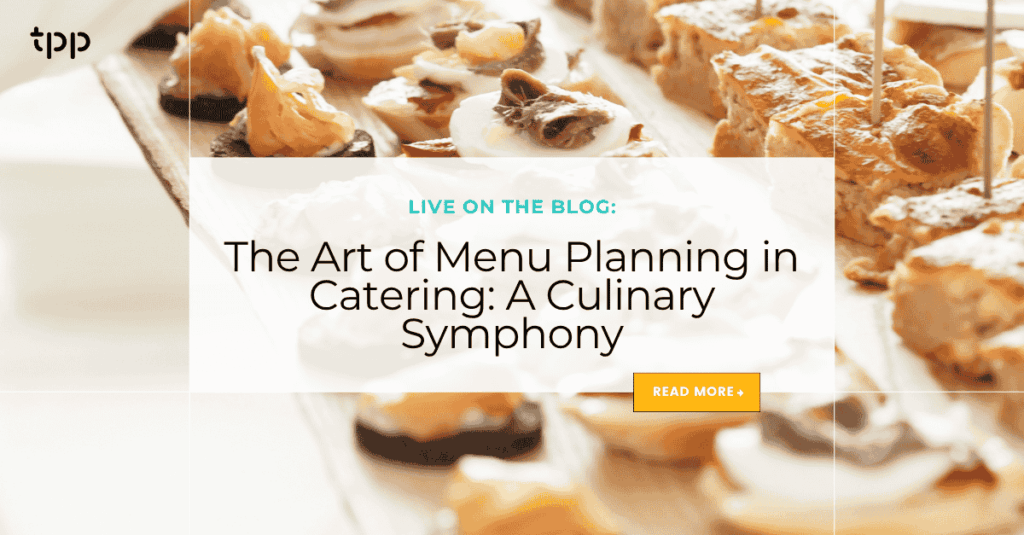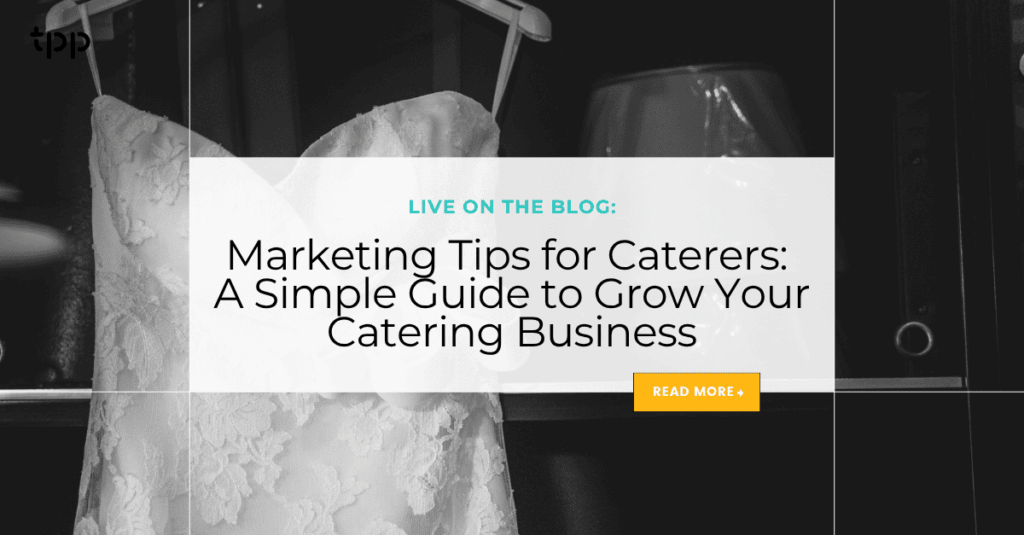The Art of Menu Planning in Catering: A Culinary Symphony
Menu planning is the heartbeat of catering. Whether you’re a seasoned caterer or just starting out, the ability to craft well-thought-out menus is essential for success. It’s not just about putting food on the table; it’s about creating an experience that caters to the diverse preferences and dietary requirements of your clients, all while considering the type of event and the season. In this blog post, we’ll explore the art and science of menu planning in the catering world.
Understanding Your Audience
Caterers are, first and foremost, in the business of satisfying their clients’ desires. It’s crucial to understand their tastes, preferences, and dietary needs. Before diving into the creative process of menu planning, have a conversation with your clients to get a clear understanding of their expectations. You might ask questions like:
-
- What is the theme or purpose of the event?
- Are there any dietary restrictions or allergies you need to be aware of?
- What are the clients’ favorite cuisines or dishes?
- Do they have any specific culinary experiences they want to create?
These initial conversations provide the foundation for a menu that’s not only delicious but also meaningful to your clients.
Designing Menus for Different Types of Events
One of the exciting challenges in catering is that no two events are the same. From weddings to corporate conferences, birthday parties to galas, each event has its own unique vibe and requirements. Tailoring your menu to the type of event is a crucial part of the planning process. Here are some tips for different types of events:
-
- Wedding Catering: Weddings often call for elegant, multi-course meals with options for vegetarian, vegan, and gluten-free guests. Create a menu that complements the couple’s story and theme.
- Corporate Catering: Corporate events typically require a mix of appetizers, entrees, and desserts suitable for a diverse group. Consider a variety of options to please everyone in attendance.
- Casual Parties: For more relaxed gatherings, such as BBQs or picnics, opt for comfort foods and finger foods that encourage mingling and easy snacking.
- Seasonal Menus: Take advantage of seasonal ingredients and flavors to add a fresh and exciting touch to your menus. Consider using local, in-season produce for a more sustainable and flavorful approach.
- Addressing Dietary Requirements
In today’s catering landscape, dietary requirements are more varied and essential than ever before. Accommodating clients with dietary restrictions, allergies, or lifestyle choices is not just a nice-to-have but a must-do. Here’s how to do it right:
- Create Clear Labels: Label each dish on your menu with icons or descriptions that indicate if it’s vegetarian, vegan, gluten-free, or contains common allergens like nuts or dairy.
- Offer Alternatives: Provide alternative options for guests with dietary restrictions. For example, if you’re serving a meat dish, have a tasty vegetarian alternative ready.
- Train Your Staff: Ensure your staff is well-informed about dietary requirements and can answer guests’ questions confidently.
In Conclusion
In the world of catering, menu planning is where the culinary magic happens. It’s the art of bringing together diverse preferences, dietary requirements, and the unique spirit of each event. By understanding your clients, designing menus that suit different types of events, and addressing dietary needs, you‘ll create a dining experience that leaves a lasting impression. So, grab your chef’s hat and start crafting menus that are not just meals but a culinary symphony for the senses.





